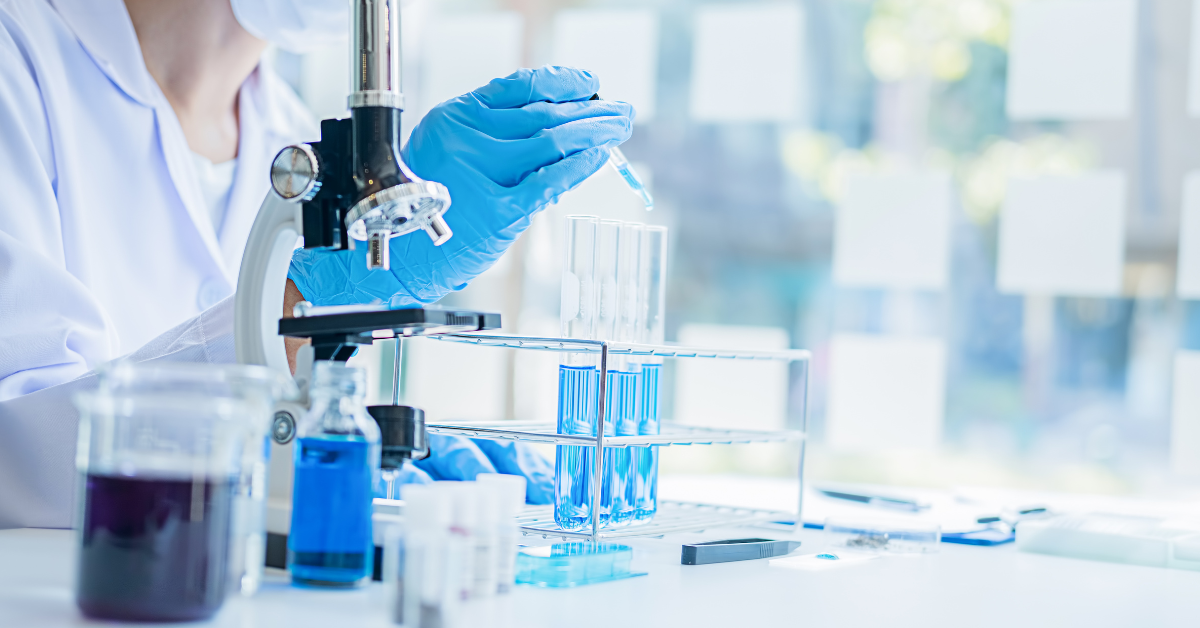PERIOD PAIN RELIEF
Period pain can be relieved in a number of ways, from natural therapies to over-the-counter pharmaceuticals. Ibuprofen and other nonsteroidal anti-inflammatory medications (NSAIDs) can lessen pain and inflammation. Heat therapy, such a warm bath or heating pad, can help relax the uterine muscles and reduce cramping. Walking or other mild forms of regular exercise can help to increase blood circulation and lessen pain.
Some dietary adjustments, such cutting back on coffee or eating more foods high in magnesium, might also be beneficial. Herbal beverages like ginger or chamomile can also be calming, and stress-relieving exercises like yoga or meditation can help with discomfort management. For individualized guidance and treatment, it’s wise to speak with a healthcare professional if your pain is severe or ongoing.
Although dysmenorrhea, or period pain, can be extremely uncomfortable, there are a number of strategies to control and lessen the symptoms. Ibuprofen and naproxen are two examples of over-the-counter pain medications that are frequently used to lessen cramping and inflammation. Using a heating pad or warm compress to apply heat to the lower abdomen might help ease pain and relax the muscles. Frequent exercise, such as yoga or mild walking, helps enhance circulation and lessen the discomfort associated with menstruation.
Pain management may also benefit from stress-reduction methods like acupuncture, meditation, or deep breathing. Overall menstrual health can also be supported by eating a balanced diet and drinking enough of water. It’s crucial to see a doctor if you have severe or ongoing discomfort because there may be underlying causes like fibroids or endometriosis.
There are a number of methods to alleviate period pain, also known as dysmenorrhea, which can range from little discomfort to excruciating cramps. By blocking prostaglandins, the chemicals that cause uterine contractions, over-the-counter pain medications such as ibuprofen or naproxen are frequently used to lessen inflammation and cramping.
Using a heating pad or hot water bottle to apply heat to the belly can help to enhance blood flow and relax the muscles, resulting in a calming sense of comfort. By boosting circulation and producing endorphins, which are natural painkillers, little exercise like walking or mild yoga might help lessen the severity of cramps.
Changes in diet may also aid with pain management. Limiting caffeine and salty meals while increasing consumption of foods high in magnesium, such as leafy greens, nuts, and seeds, can help ease muscle tension.
Many people experience dysmenorrhea, or period discomfort, during their periods, which can range in severity. The uterus, where muscular contractions aid in the removal of the uterine lining, is typically the source of the pain. Mild to severe cramping may result from these contractions, and they are frequently accompanied by symptoms including headaches, lethargy, bloating, and lower back pain. Effective therapies for period pain might be guided by knowledge of its many kinds.
The first type of period pain is called primary dysmenorrhea. This is the most prevalent kind and doesn’t have any underlying medical issues. It usually begins during the first few hours of the menstrual cycle and subsides within a few days. Hormonal changes, especially the synthesis of prostaglandins, which cause the uterine muscles to contract, are frequently associated with the pain.





Leave a Reply